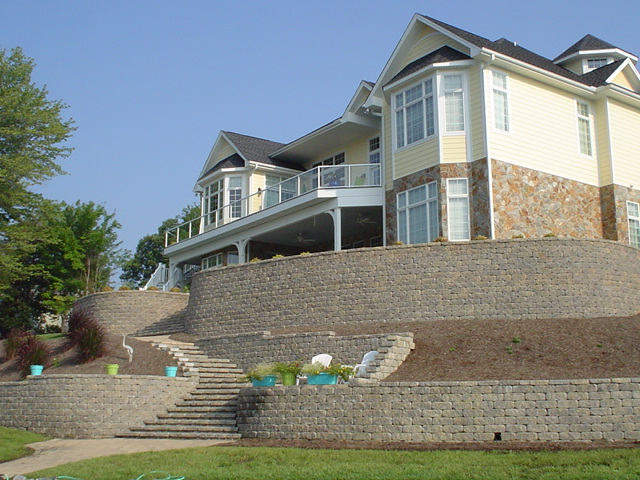 Retaining walls play a crucial role in supporting land and preventing soil erosion, but they can become a source of disputes and legal complexities between neighbors. In this article, we will delve into the intricacies of retaining wall issues, focusing on the key question: Who must pay for the repairs and damages?
Retaining walls play a crucial role in supporting land and preventing soil erosion, but they can become a source of disputes and legal complexities between neighbors. In this article, we will delve into the intricacies of retaining wall issues, focusing on the key question: Who must pay for the repairs and damages?
When it comes to retaining walls, the responsibility for repair typically falls on the owner. However, if a neighbor experiences loss or damage due to a defective wall, they must mitigate their damage to avoid claim failure. Poor construction or low-quality materials can lead to issues such as the wall leaning into the neighbor’s property or even collapsing, which is both a nuisance and illegal.
Retaining walls are governed by the Encroachment Act 1944 (SA), and if the wall extends beyond property borders or interferes with adjacent properties, the law provides for boundary adjustments or compensation. Neighbors can negotiate solutions, but if conflicts persist, an application may be made to the General Division of the Supreme Court.
It is crucial to be aware of local regulations before building a retaining wall. The law recommends maintaining a safe distance of 4.5 to five feet from property borders to avoid legal complications. Disputes often arise when poor drainage causes soil sinking, leading to financial issues between neighbors for repairing damages. Communication and agreement are vital in resolving these matters.
Addressing the height of a retaining wall in relation to a fence, there can be concerns about access and potential trespassing. Additionally, questions may arise regarding maintenance responsibilities and determining the exact property limit. Communication between neighbors becomes essential in such scenarios to avoid legal conflicts.
If a retaining wall is proposed at the boundary of communal land, it must be entirely on private property, not on municipal property. The owner initiating excavation is responsible for the costs associated with supporting the retaining wall and ensuring the stability of the adjacent owner’s existing wall.
Before starting work on a retaining wall, it is essential to determine if permits are required. Minor repairs may not need formal approval, but major alterations or stability-related work likely does. Both parties are responsible for the maintenance and repair of their side of the retaining wall, and any damages should be addressed collaboratively.
Determining responsibility for a damaged retaining wall can be complex. Technically, both neighbors share responsibility based on the side where the damage occurred. Written agreements can protect individual rights, and courts may order removal of a wall built without permission at the owner’s expense.
Retaining wall issues involve legal intricacies and responsibilities that require careful consideration. Open communication, adherence to local regulations, and collaborative solutions can prevent disputes and ensure a stable and harmonious neighborhood.
Hi! I’m Erin Crocker. I’m a real estate lawyer with over 10 years of experience in Alberta and British Columbia real estate law. I love technology and efficiency. I’m on a mission to create a modern, digital closing experience for buyers and sellers through technology, transparency and sharing knowledge.